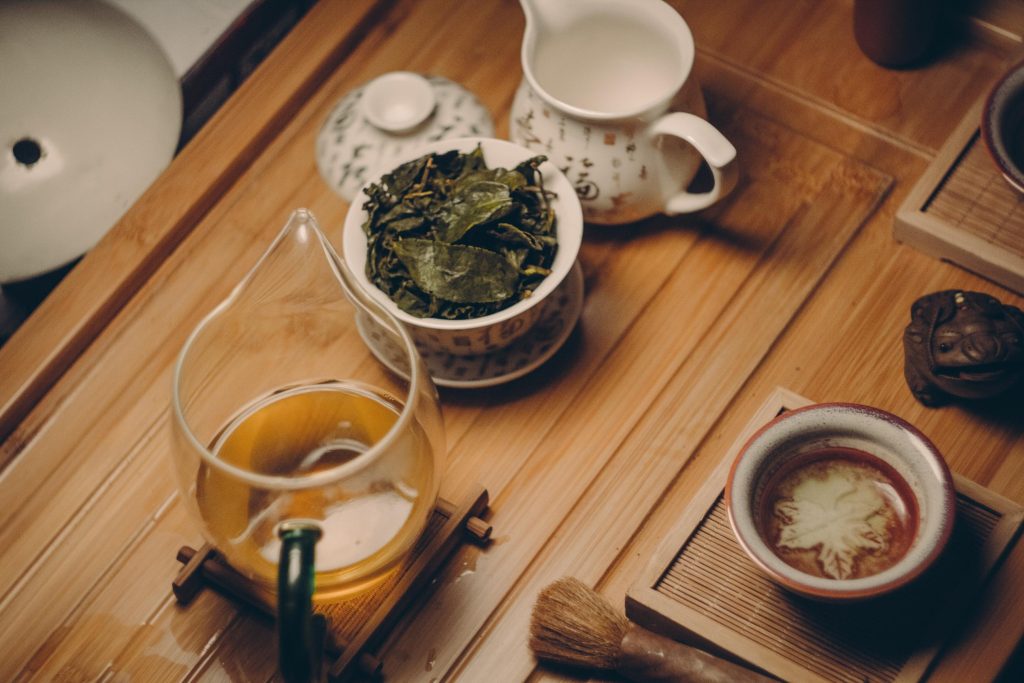News

The ABCs of Breast Biopsy: Everything You Need to Know
A breast biopsy is a procedure to remove a small amount of breast tissue for laboratory testing. It is usually performed to diagnose a suspicious breast lump or mass as seen on a mammogram or other imaging test. There are several different types of breast biopsy procedures, and your doctor will choose the best one for you based on the size, location, and appearance of the suspicious area. Most biopsies are outpatient procedures, which means you can go home the same day. The entire procedure usually takes less than an hour. You may feel some discomfort during the procedure, but it is generally well tolerated.Different types of biopsies:
- Needle-localized biopsy: an image-guided needle is inserted through the skin to remove a small amount of tissue from the suspicious area
- Mammotome or vacuum-assisted biopsy: large-needle device is used to remove multiple samples of breast tissue
- Core needle biopsy: large-bore needle is used to remove several samples of breast tissue
- Stereotactic biopsy: X-ray guidance is used to insert a needle into the suspicious area
- Open surgical biopsy: doctor makes an incision in the skin over the suspicious area to remove either a small sample of tissue (incisional biopsy) or the entire lump (excisional biopsy)
Check out the procedure:
- Local anesthesia is injected into the skin over the suspicious area: You will feel pressure but no pain during the procedure; your doctor will use one of the following methods to remove tissue samples:
- Needle-localized biopsy: Multiple needle passes may be needed
- Mammotome or vacuum-assisted biopsy: Large needle is inserted through the skin and attached to a suction device
- Core needle biopsy: Larger bore needles are used to remove multiple samples of breast tissue with one pass
- Stereotactic biopsy: X-ray guidance is used to direct a needle into the suspicious area
- Open surgical biopsy: The doctor makes an incision in your skin over the suspicious area and removes either a small sample of tissue (incisional biopsy) or an entire lump (excisional biopsy)
After the Procedure:
Rest for a few minutes before being discharged home; drink plenty of fluids and avoid strenuous activity for 24 hours; contact your doctor if you have any concernsConclusion:
There are several different types of breast biopsies, and your doctor will choose the best one for you based on the size, location, and appearance of the suspicious area. Most biopsies are outpatient procedures that take less than an hour and can be done under local anesthesia. You may experience some discomfort during the procedure, but it is generally well tolerated. Afterward, you should rest for a few minutes before being discharged home. Drink plenty of fluids and avoid strenuous activity for 24 hours. Contact your doctor if you have any concerns.
William T. Rodriguez
0
